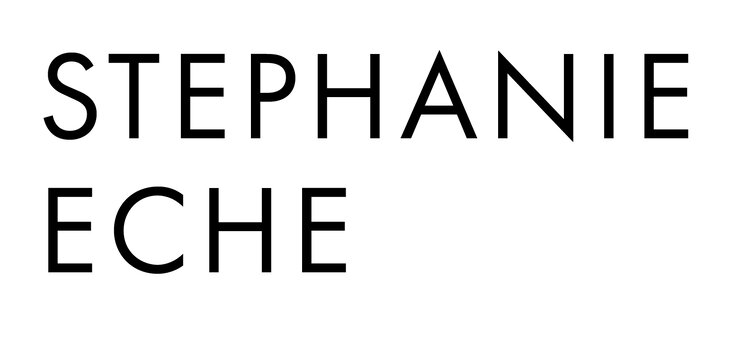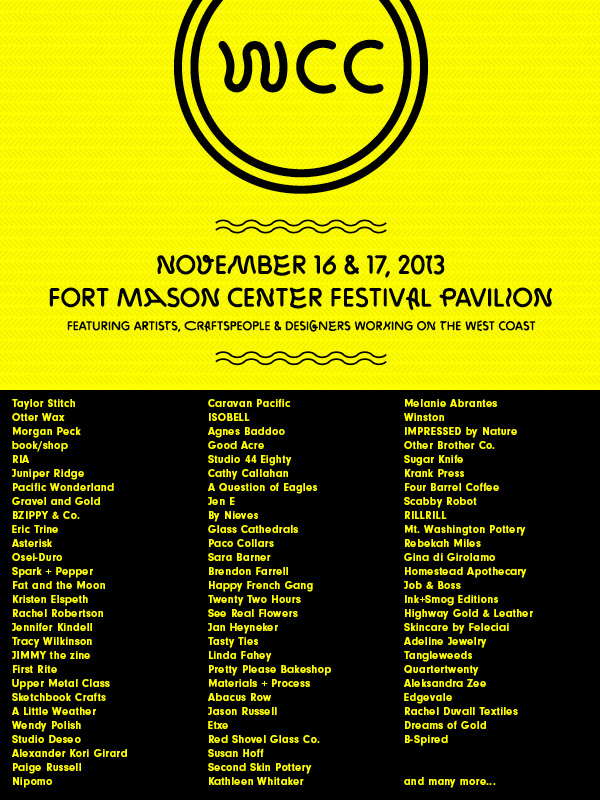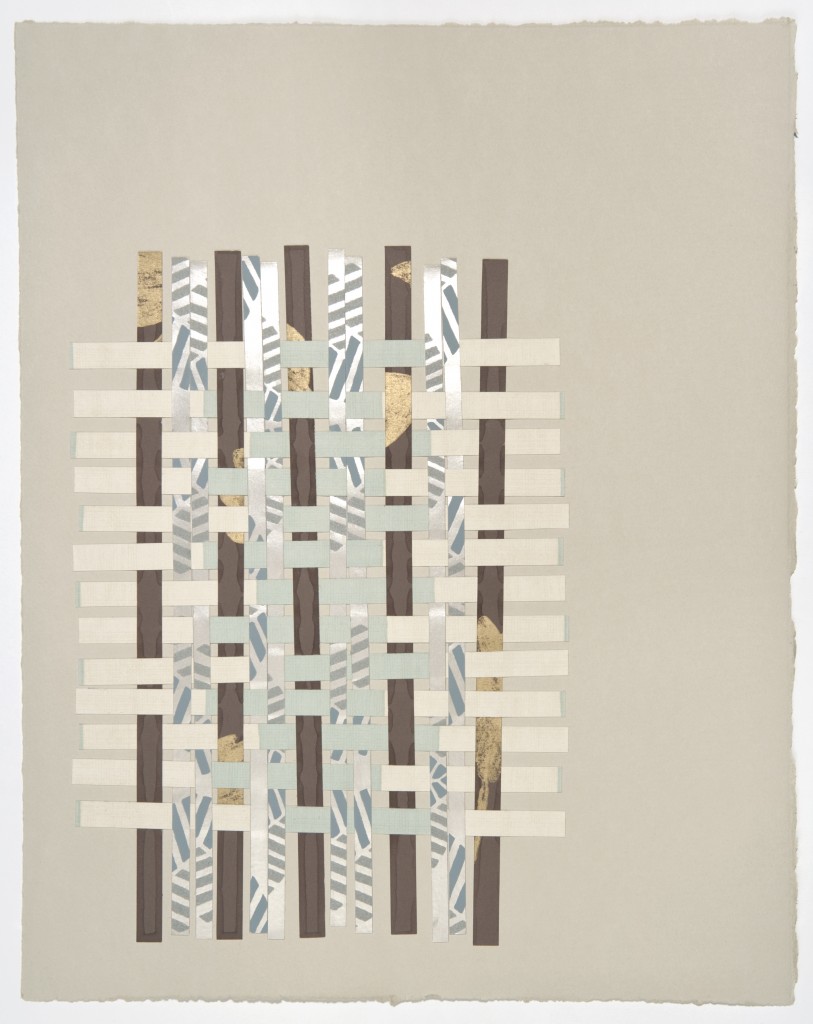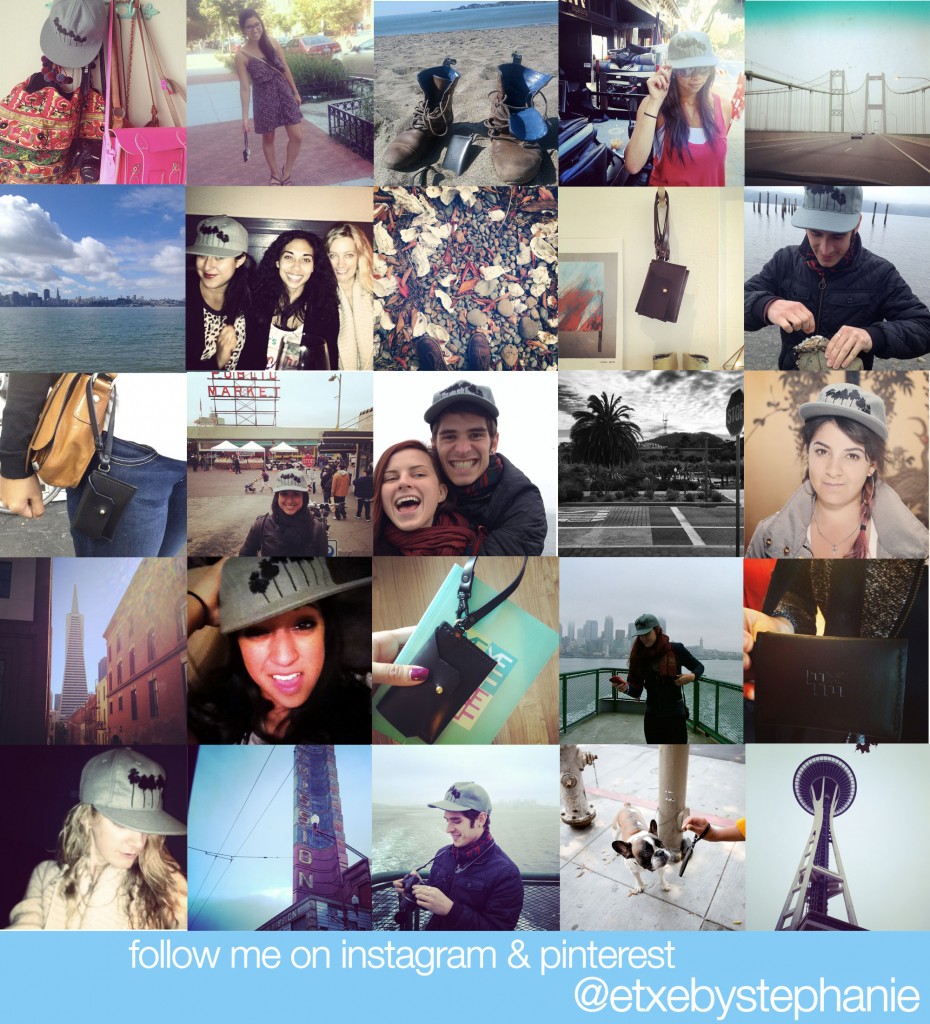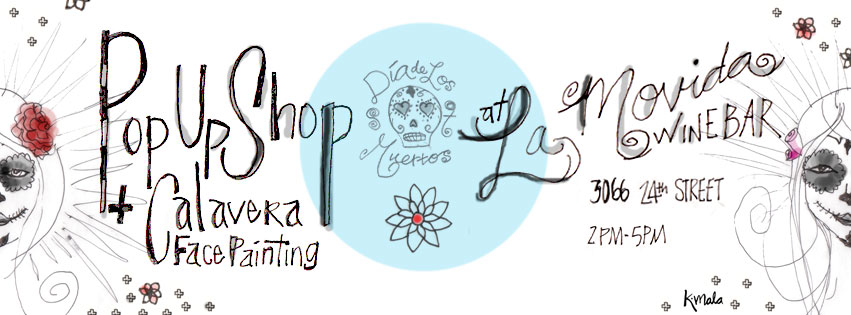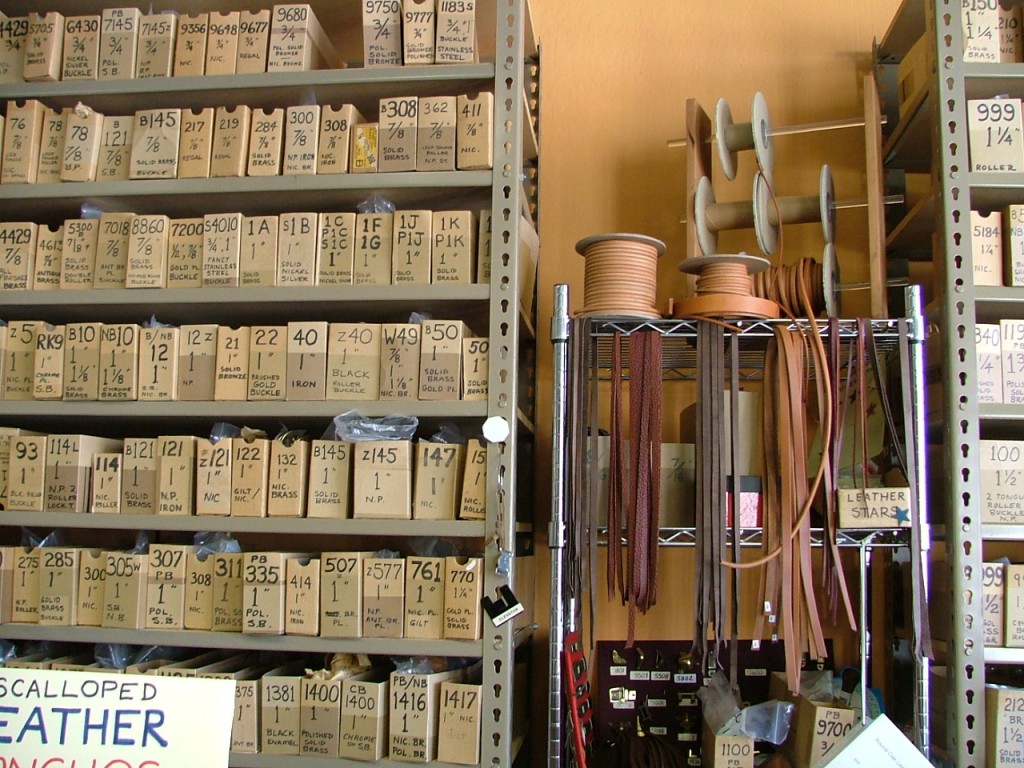 There is nothing like the smell of real leather. In designing the San Francisco wallet I sought out the experts as I wanted to create a product that will stand the test of time. I was lucky to find Western Storex--not only did Craig help advise me on the type of leather, but all in all the parts of the wallet to make sure it was the right construction, hardware, and weight.
There is nothing like the smell of real leather. In designing the San Francisco wallet I sought out the experts as I wanted to create a product that will stand the test of time. I was lucky to find Western Storex--not only did Craig help advise me on the type of leather, but all in all the parts of the wallet to make sure it was the right construction, hardware, and weight.
Every time I visit Western Storex, Craig is super generous with his time and will answer any and all questions I have--no matter how random. It's obvious he knows his craft. I caught up with him to find out more about the history of Western Storex, and I am so amazed at the longevity of leather craftwork in his family. Talk about history!
Here's my interview with Craig Storek, owner of Western Storex:
1909 is a long time ago, how did Western Storex begin? Who started it?
Wencil C. Storek founded the company known as Western Manufacturing in 1909 and later incorporated it in 1948. Wencil C. Storek Jr., his eldest son was an integral part of the company, ultimately running the office while Wencil Jr’s younger brother Fred ran the factory.
Wencil Sr. was born in Czechoslovakia and came to the U.S. as a very young boy. His family settled in the Chicago area. Wencil Sr. had family that had come to San Francisco well before the 19th century and were doing saddlery work.
As a young boy, Wencil Sr. set out from Chicago in the 1890’s to find his family connections in San Francisco and begin his life long craft. Off by himself, he traveled west by train and ended up in Seattle, Washington. From there he took a ferry down the coast (remember the Golden Gate Bridge would not be built for about 40 years) to arrive in San Francisco. He arrived at the ferry building and disembarked from the ferry in a strange and wild, pre-1906 earthquake town. Feeling a bit lost and scarred he approached a huge Irish Cop who took him under his wing and made sure he made it safely to his destination.
As a young boy he began his apprenticeship in the leather trade and eventually in 1909 formed his own company which was to become quite a part of the booming San Francisco economy.
Storex Craft Supply (selling leather, tools and supplies to individuals, industry, schools and others) was formed in the late 30’s and early 40’s just in time for all the returning service personnel that flooded back to a post WWII peacetime economy.
Much later, the name Western/Storex was used as a DBA by Craig Storek (Wencil Jr’s. son) for the various activities of the company.
Why leather?
Why not! Leather is natural, strong, durable, versatile and aesthetically spectacular. Leather was an important part of the economy at the turn of the century. Leather is a critical element of saddlery and obviously horses were such a big part of life in those days. While saddlery was never a huge part of Western Manufacturing, it is what gave Wencil Sr. his base on which to build his company.
What work did Western Storex originally specialize in? How has it changed over the past hundred + years?
While saddlery was a mainstay of most leather businesses at the turn of the century, Western Mfg. incorporated canvas goods, case goods, etc. as major parts of its line. We have manufactured a very wide line of leather and canvas products through the years. From canvas leggings and leather puttees for WWI military personnel to holsters, leather bags for mail delivery to sporting and recreational products.While we have been suppliers of a wide variety of leather products to the government during all military conflicts dating back to the First World War, we no longer do government contract work.
How has Western Storex served the Bay Area? Where was the original location and why did it move?
Western has been located in the San Francisco area since 1909. It’s first location was on New Montgomery St. (now the financial district). Outgrowing that location and with the evolution of San Francisco, Wencil Storek Sr. found a property on 9th street that originally had a stable on it and later a structure that perished in the 1906 earthquake. In the early 20’s he had a state of the art brick and steel frame building constructed to house his growing company.
While the new building would only be about 40 percent occupied by the Western, the balance of the building was rented out to a variety of tenants over the years including what is believed to be one of the first locations for Wilson Sporting Goods.
Western and Storex craft has supplied products to virtually all Bay Area municipalities as well as schools, churches, organizations, etc. The management of Western has always been very civic minded. Wencil Sr. having been born in Europe was a driving force in San Francisco’s SOKOL hall which was a large part of the Czech community in the area. He was also responsible for attracting a skilled staff of “old world” craftsman. Wencil Jr. was very active in the Lions Club, Sokol, church and YMCA. Craig Storek, Wencil Jr’s son has been a supporter and participant in several youth programs.
How did you start out at Western Storex? Did you grow up in the Bay Area? How have you seen the industry change?
I was born in San Francisco and attended school until the age of 10 when my parents moved to the peninsula. I would come to work with my Dad on Saturdays when the shop was in half mode and would also spend a fair amount of time during the Summers. The Factory foreman, my uncle Fred would find odd jobs in the shop for me to do. In it’s hay day, the Western employed about 40 craftsman in the shop and I always looked forward to my visits. It would hum like a well-tuned machine. The landscape of Leather manufacturers in San Francisco has changed dramatically. It is just a shadow of what it once was. My Grandfather was instrumental in forming the first organization for the benefit of his workers (union).
What originally drew you to leather work?
Having the trade in my blood did not hurt and I have always had a strong attraction to a well-made product out of quality leather designed to serve a genuine purpose. Plus there is nothing like the feel and smell of quality leather.
If I had a dollar for every person that walked into my shop and said, “I love the smell”, I would be a rich man.
What do you foresee in the future for leather work?
Leather products are largely handmade so the industry has not changed a ton over the years. Yes there are all types of machines used in the production and some technical advances have been seen but some of the best machines are the old ones. There have been advance in the types of cutting machines used these day but they basically do the same as the old machines.
What is your favorite part about leather work?
Handling the leather! Pulling the hide out and using the patterns or dies to create something of quality. PVC has nothing on leather.
What is your most popular type of leather?
There are several types of leather and they all have their place. With rare exception is has to be top grain leather but different applications call for different types. There are so many different types of leather (cow, goat, lamb, pig, etc.) and the tanneries can impart a wide variety of characteristics depending on how the leather is tanned and finished.
What advice would you give to manufacturers wanting to do leather work? Or to last in the leather world?
Go for it. Leather is a wonderful material and if well cared for can last a lifetime. There is nothing more rewarding than to have a case or product you made come back in for a minor repair…well that is a 40-year-old product! My feeling is design the product well. Don’t skimp on materials or hardware and keep it simple.
What advice would you give designers wanting to do leather pieces?
Again, simplicity is valuable. Work up as many prototypes as is needed to get just the right fit and finish, then produce. Designers need to know what construction is called for and why. Use appropriate leathers and skilled craftsmanship and you will be a part of a product that can last for years. They say that older well used leather items have character and I would agree if the item has been taken care of.
Thanks Craig for such an in-depth look at a San Francisco institution! Visit Western Storex for your own leather supplies or craftwork here.
